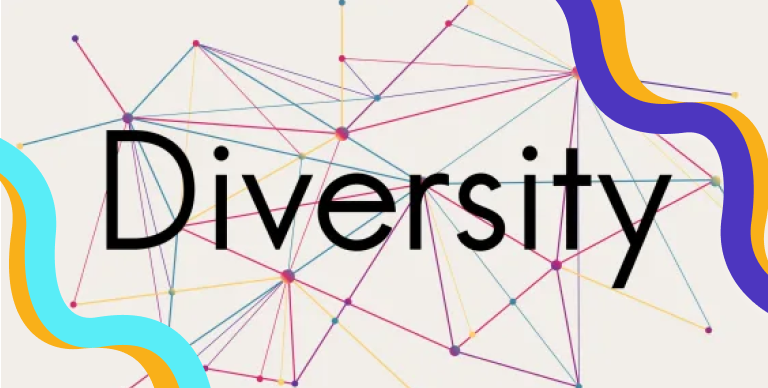Managing cultural diversity in the classroom in a way that works well takes more than just “getting together.” It calls for novel methods to create a learning environment that welcomes and uses the power of differences.
As the world becomes more global and connected, classrooms are becoming more diverse. When students from different cultures and languages unite, they bring different thoughts and experiences to the classroom.
This EDU Blog covers some practical strategies and techniques educators can use to ensure that all students receive equal education despite cultural differences in the classroom.
By embracing cultural diversity, educators empower students, foster mutual respect, and cultivate a conducive environment for learning and growth.
What is Managing Cultural Diversity?
“Managing cultural diversity” means acknowledging and coping with the differences between the learners in any classroom. It involves nurturing the unique histories, cultures, languages, and beliefs of students.
Educators must ensure that every student feels included, respected, and valued for who they are by managing the school’s diversity of cultures. It’s fostering a conducive environment for open dialogue, where students freely share thoughts and learn from each other.

This practice is vital because it teaches us to appreciate the richness that diversity provides. Diversity adds to our human learning experience, encourages fairness, and helps us grasp worldviews beyond our own. All these things are contributing to making up the world around us.
How Does Cultural Diversity Affect Education?
Education affects cultural diversity, which has a wide-ranging effect on students and educators in various ways. With a deep understanding of how cultural diversity influences education, we can develop effective strategies to manage classroom diversity.
Here are two ways cultural diversity impacts education and how to handle it.
1. Increase perspective and understanding
Through exposure to diverse cultural backgrounds, students can gain a broader understanding of points of view, worldviews, and modes of thought.
It deepens their worldwide comprehension of various cultural practices, customs, and religious tenets. Students cultivate respect and tolerance for those who are different from them by acknowledging these differences.
These are vital qualities for navigating a varied society.
2. Increase learning opportunities
Students from various backgrounds bring a lot of information and experiences to a classroom setting. This diversity enhances classroom conversations, students are more likely to think critically, and a dynamic learning atmosphere is created.
Educators can improve students’ overall learning experiences by harnessing the power of cultural diversity. They can do this by providing opportunities for students to learn from one another and share the distinctive insights they have gained from their own experiences.
Strategies for Managing Cultural Diversity in the Classroom:
Encourage open discourse by providing a positive learning environment where students can feel at ease discussing their personal experiences, ideas, and cultural practices. Discussions conducted courteously that advance mutual understanding and compassion should be encouraged.
To encourage inclusivity and broaden students’ worldviews, use educational materials like textbooks, literature, and other resources that reflect the variety of cultures and backgrounds that students come from.
Encourage cooperative learning by having students from various cultural backgrounds work together on group projects and activities they are responsible for completing. This encourages students to work together and helps them learn from one another’s points of view and strengths.
Advantages of Effectively Managing Cultural Diversity

Final Thoughts
Educators who want to establish inclusive learning environments that value and promote cultural diversity must take on the significant responsibility of managing diversity in the classroom.
To further support educators and students in their journey of managing diversity, EDU Passport is a global educational hub that provides valuable knowledge and resources.
Join EDU Passport today and take a step towards building a more inclusive and diverse educational environment.






